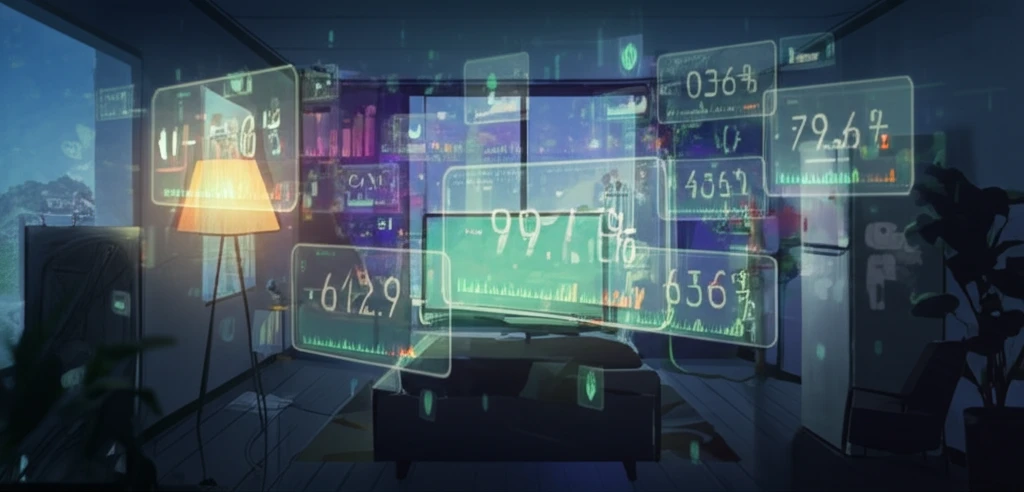
Smarter Homes, Smarter Living: How Augmented Reality is Revolutionizing Energy Consumption
"Uncover how cutting-edge augmented reality (AR) applications are transforming smart power meters, empowering users to monitor and manage their electricity usage for a more sustainable lifestyle."
In an era defined by increasing environmental awareness and the pursuit of sustainable living, optimizing energy consumption has become a global imperative. While large-scale industrial plants have long been the focus of energy management strategies, a growing emphasis is now being placed on empowering individual consumers to take control of their energy usage within their own homes. The key to unlocking this potential lies in providing simple, effective tools that make energy consumption data understandable and actionable.
Traditional energy meters, often relegated to a dusty corner of the basement, provide little insight into the real-time energy demands of our appliances and devices. However, the rise of smart meters has opened new possibilities, offering consumers a wealth of data about their energy consumption patterns. Yet, even with this information at their fingertips, many individuals struggle to translate raw numbers into meaningful changes in their daily habits.
Enter augmented reality (AR), a technology that seamlessly blends the digital world with our physical surroundings. By overlaying real-time energy consumption data onto the live view of a smartphone or tablet, AR apps offer a powerful and intuitive way for consumers to visualize their energy usage and make informed decisions about how to reduce their environmental impact. This article delves into the groundbreaking work of researchers who are pioneering the use of AR in smart home energy management, exploring the potential of this technology to transform the way we interact with energy in our daily lives.
Why Aren't Smart Meters Smart Enough? The Hurdles to Energy Awareness

While smart meters have undoubtedly revolutionized the way we track energy consumption, they haven't quite lived up to their full potential in driving behavioral changes. Studies have shown that simply having access to more data isn't enough to motivate consumers to reduce their energy usage. Several factors contribute to this disconnect:
- Data Overload: Smart meters often present users with a deluge of information, making it difficult to identify key trends and areas for improvement.
- Lack of Context: The data provided by smart meters often lacks context, making it difficult for users to understand how their actions translate into energy consumption.
- Limited Accessibility: Many smart meters require users to access data through clunky interfaces or complex online portals, hindering ease of use.
- Absence of Personalization: Generic energy-saving tips often fail to resonate with individual consumers, who have unique needs and lifestyles.
The Future of Energy Consumption: A World Enhanced by AR
The research outlined in this study offers a glimpse into the future of energy consumption, where augmented reality empowers consumers to make informed decisions and reduce their environmental impact. By transforming complex data into intuitive visualizations, AR apps have the potential to revolutionize the way we interact with energy in our daily lives, fostering a more sustainable and responsible approach to resource management. As AR technology continues to evolve and become more accessible, we can expect to see even more innovative applications emerge, further blurring the lines between the digital and physical worlds and paving the way for a smarter, more sustainable future.
